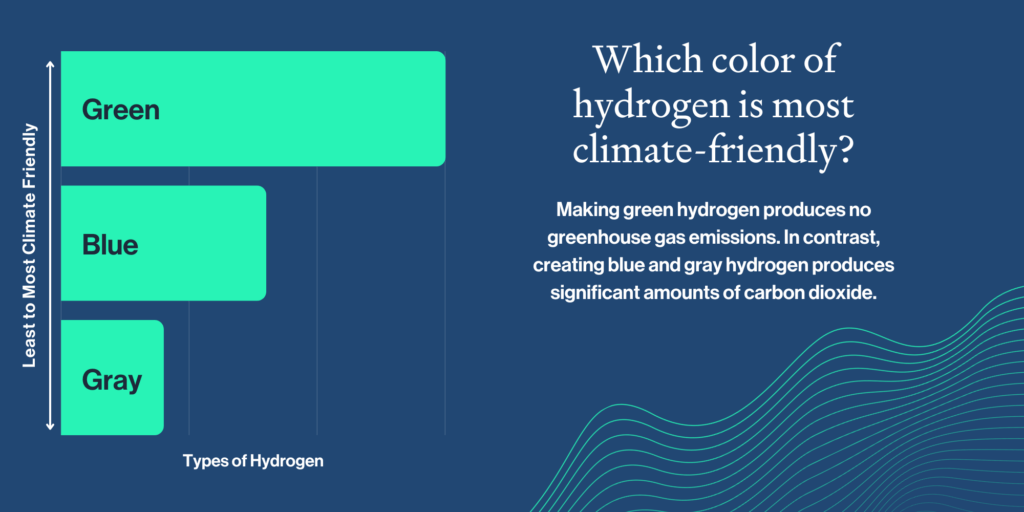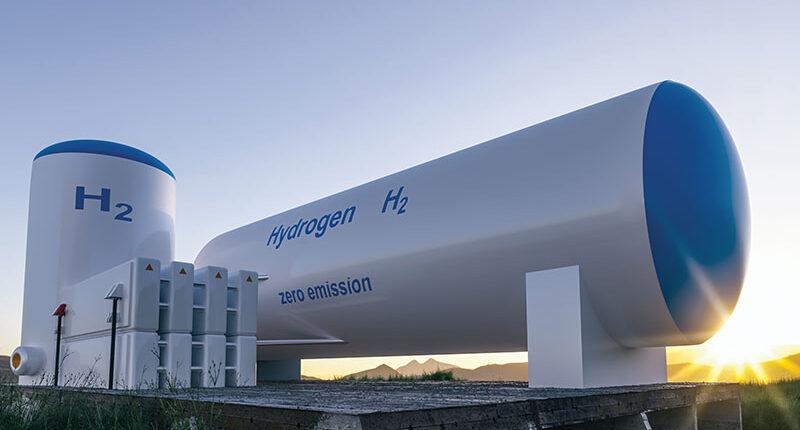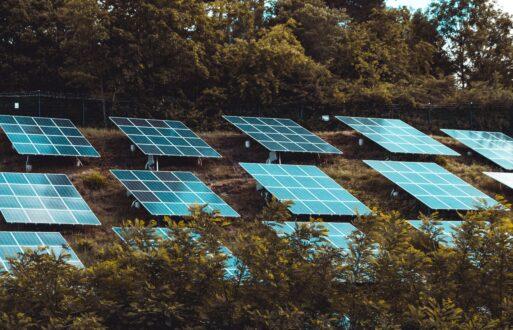Green hydrogen, often hailed as the “fuel of the future,” holds immense potential for transforming the global energy landscape. As the world grapples with the dual challenges of climate change and the need for sustainable development, green hydrogen offers a compelling solution to both dilemmas.
What is green hydrogen?
Unlike gray or blue hydrogen, produced from natural gas and coal through processes that emit greenhouse gases, green hydrogen is generated using renewable energy sources. Specifically, green hydrogen is typically produced through electrolysis, wherein electricity — sourced from wind, solar, or hydroelectric power — splits water into hydrogen and oxygen. This process is entirely clean, producing only water vapor as a byproduct.

What is green hydrogen used for?
The applications of green hydrogen are diverse and far-reaching. In transportation, hydrogen fuel cells can potentially replace internal combustion engines, thereby drastically reducing emissions. Hydrogen-powered trains, buses, and even airplanes are becoming increasingly viable, allowing for eco-friendly mass transit and commercial travel. Additionally, green hydrogen can power ships and heavy-duty trucks, offering a clean alternative for sectors that have been challenging to decarbonize.
In industry, green hydrogen can replace natural gas and other fossil fuels in processes that require high temperatures, such as steel and cement production. This use can go a long way in reducing industrial emissions, which account for a significant percentage of global greenhouse gas emissions. Moreover, green hydrogen can be instrumental in the chemical industry to produce ammonia and methanol, critical components in fertilizers and plastics, which can then also be produced more sustainably.
Green hydrogen can also be integrated into existing energy infrastructure to make it more sustainable. It can store excess electricity generated from renewable energy sources, addressing one of the main drawbacks of renewable energy: intermittency. When wind or solar power is abundant, the excess electricity can be used to produce green hydrogen, which can be stored and converted back into electricity through fuel cells or turbines.
Hydrogen can be blended with natural gas for use in the current gas infrastructure, gradually reducing the carbon intensity of the existing energy system. It can also be transported relatively easily through pipelines or in liquid form, making it a globally tradable commodity.
Despite the promise, challenges still need to be overcome to make green hydrogen a vital component of the global energy mix. These include reducing the costs of electrolysis, increasing the efficiency of hydrogen fuel cells, and developing infrastructure for hydrogen storage and transportation. However, investments in research and development are rapidly accelerating, backed by significant public and private funding. Experts believe green hydrogen may be one of the keys to achieving the U.S. goal of a net-zero emissions economy by 2050.
What is the cost of green hydrogen?
One of the biggest hurdles green hydrogen must overcome if it’s to be the fuel of the future is cost; today, it’s considerably more expensive to produce than blue or gray, with rates ranging between $4 and $6 per kilogram (a kilogram of hydrogen is roughly equivalent to a gallon of gasoline).
To help bring costs down, the U.S. government is investing significantly in green hydrogen. The Inflation Reduction Act of 2022 includes a production tax credit and $30 billion to support the development of clean hydrogen technologies.
Additionally, 2021’s Infrastructure Investment and Jobs Act includes $7 billion to develop six to 10 regional hydrogen hubs. The hubs will connect hydrogen producers, consumers, and local infrastructure to accelerate the adoption of clean hydrogen.
Is green hydrogen the power of the future?
SoCalGas is testing the use of green hydrogen in residential settings. The company’s [H2] Innovation Experience in California is a 2,000-square-foot home with a renewable hydrogen microgrid. An on-site electrolyzer uses excess solar energy from the home’s solar panels to generate renewable hydrogen, which is stored in an on-site fuel cell and converted into electricity as needed.
Green hydrogen has a lot of potential. Will green hydrogen “power the future?” That remains to be seen, but based on the current trend, it will likely play a significant role in the clean energy transition.
Visit our Hydrogen page to learn how our industry-leading software is positioned to automate and optimize the management of hydrogen assets within ISO markets and regional hydrogen hubs to learn how our industry-leading software is positioned to automate and optimize the management of hydrogen assets within ISO markets and regional hydrogen hubs.







